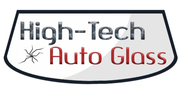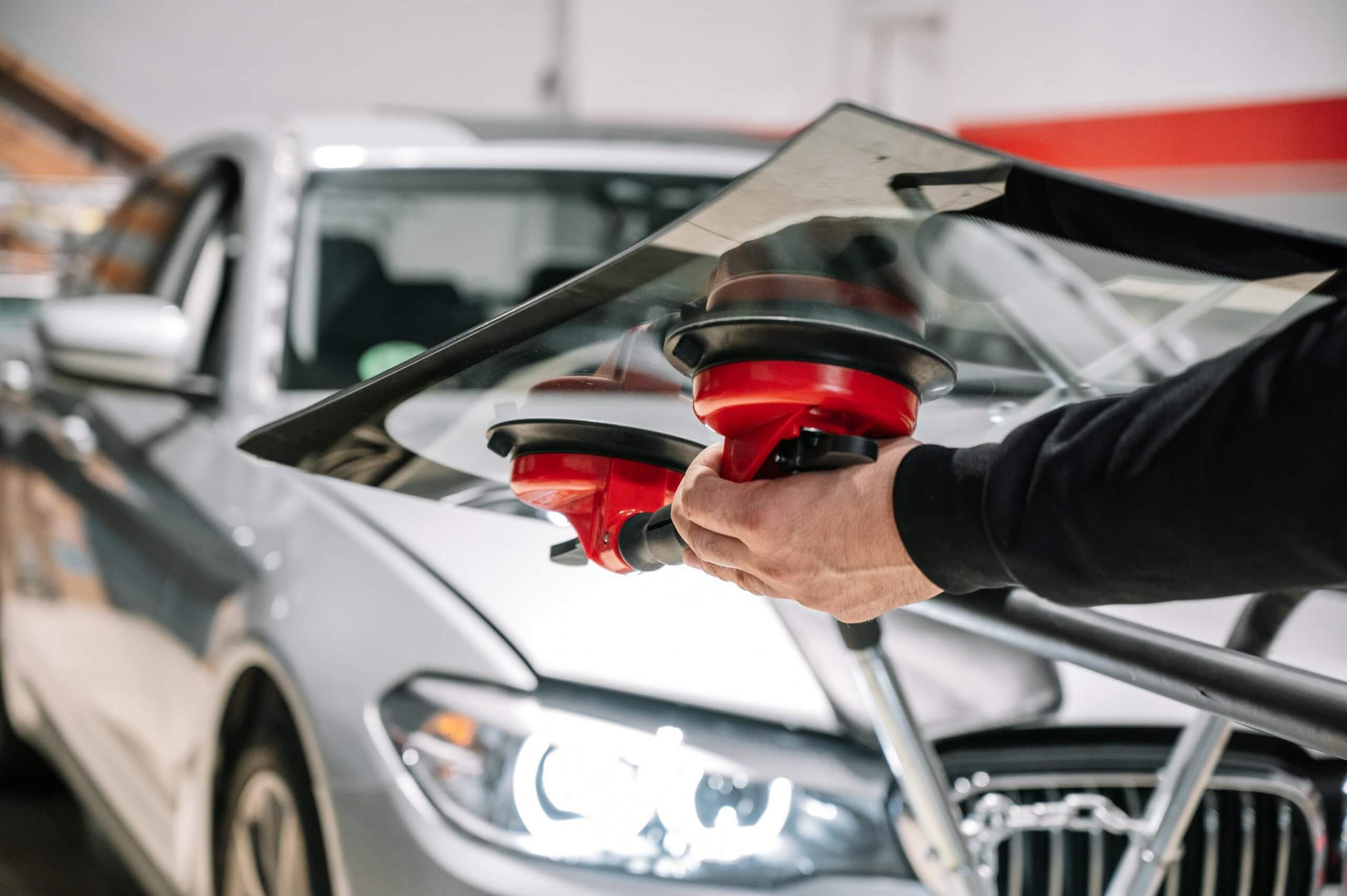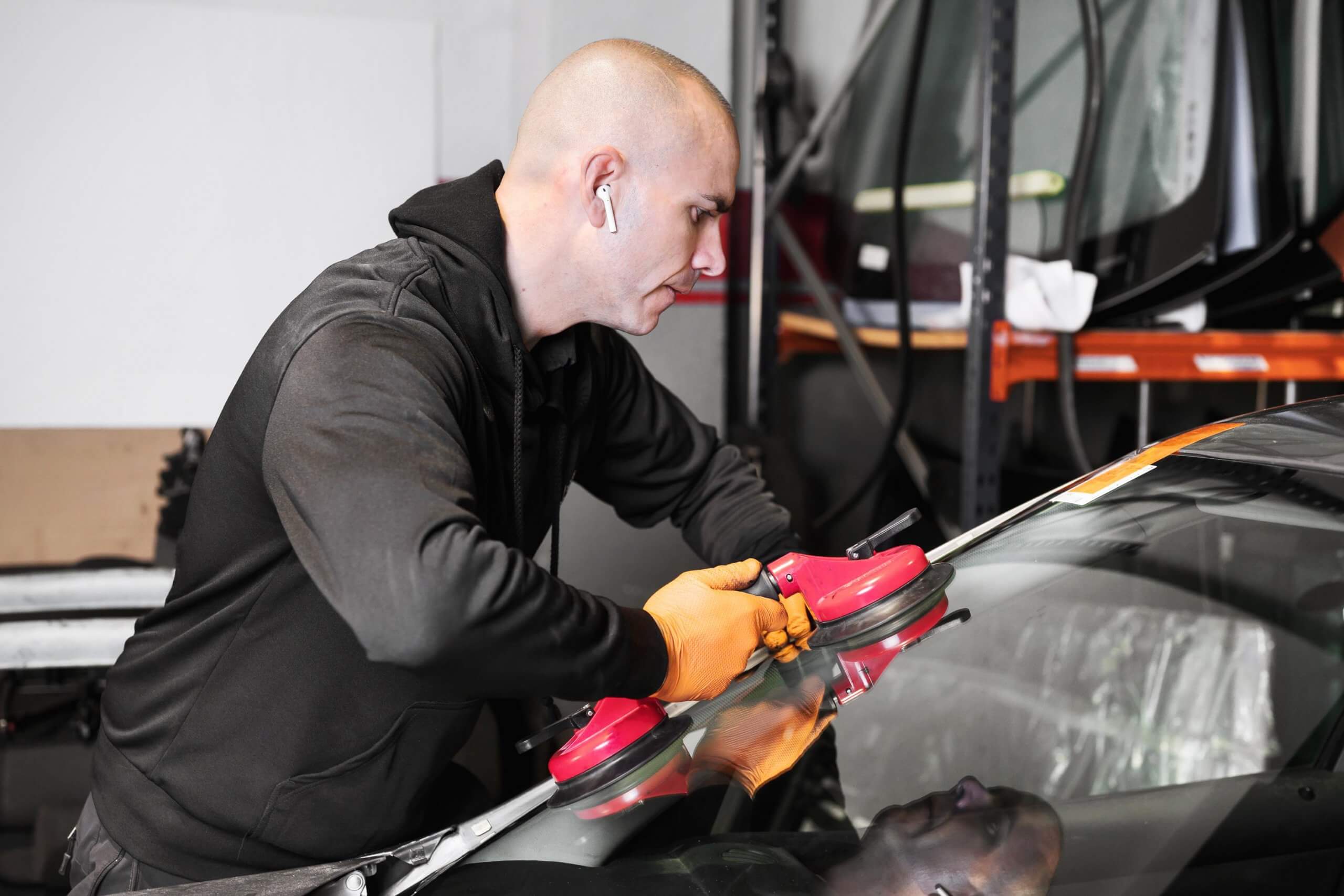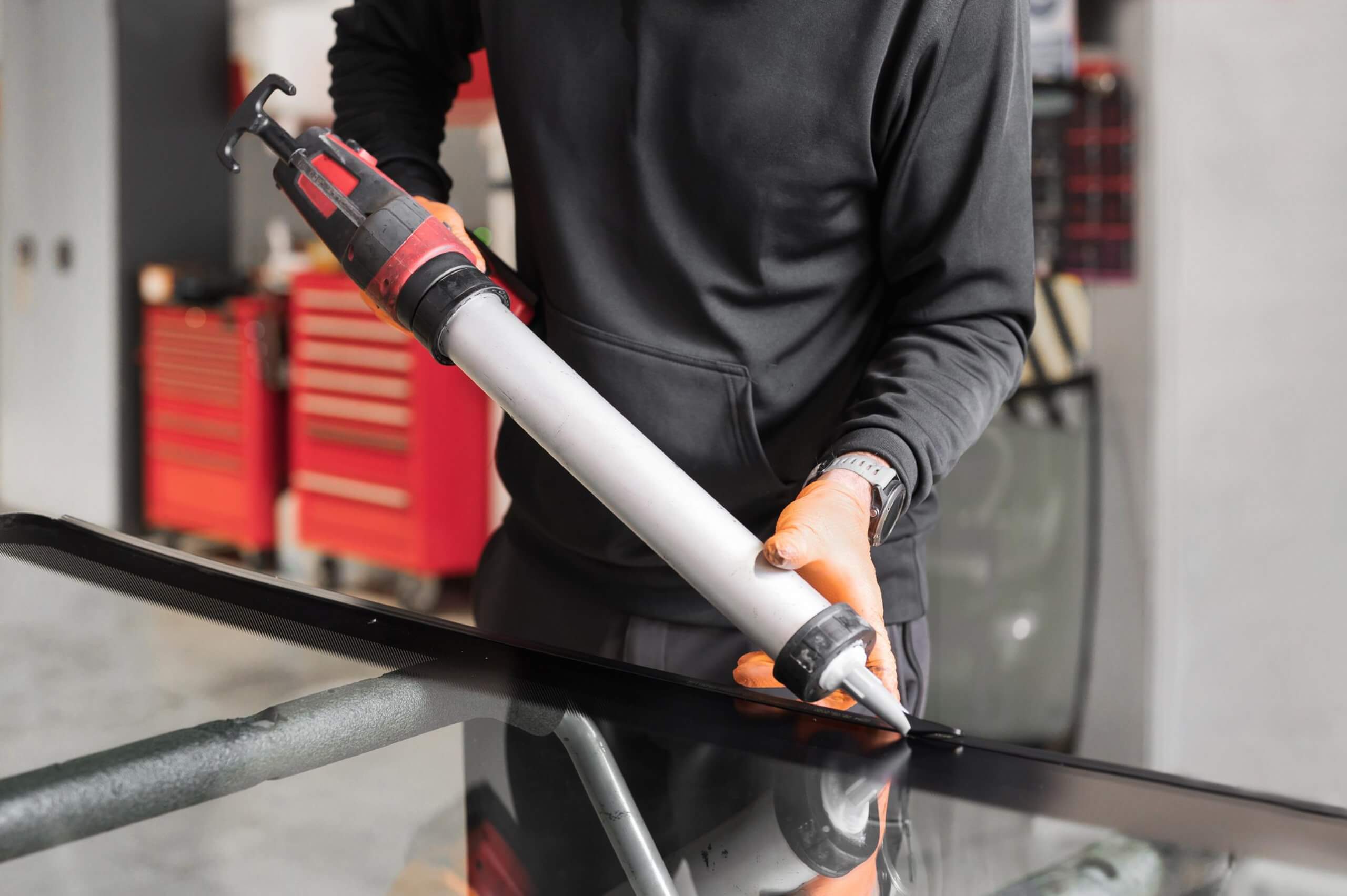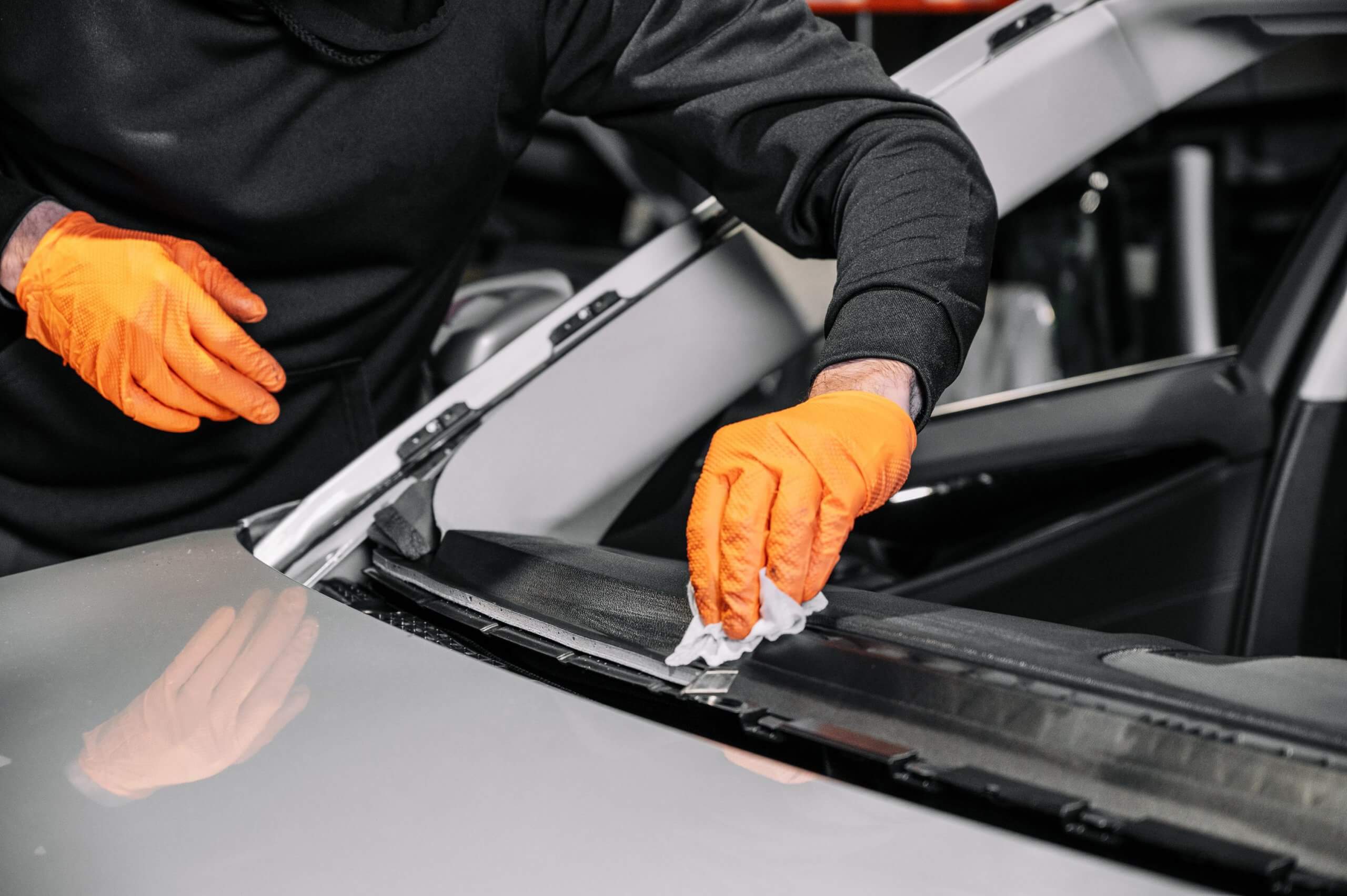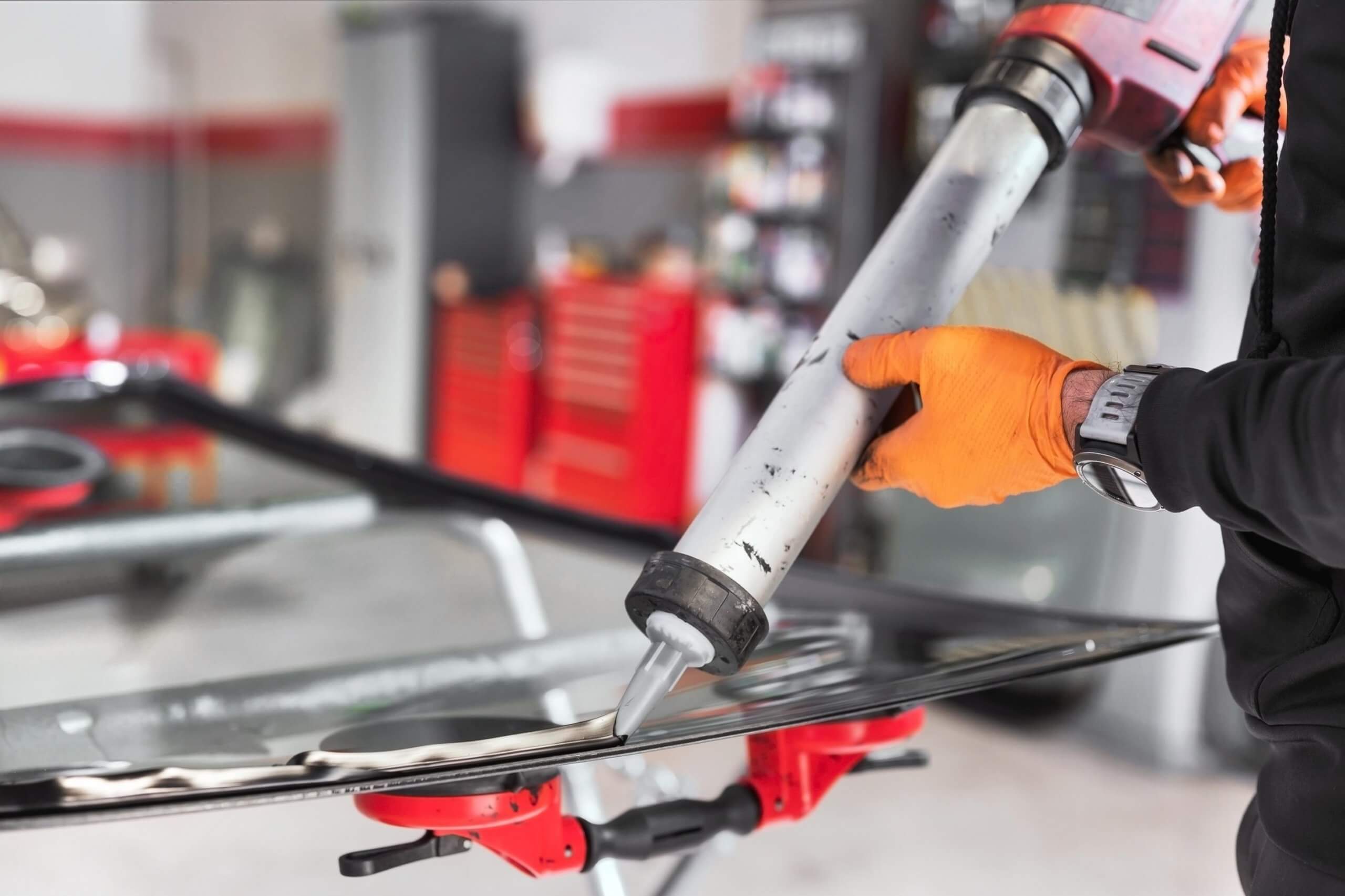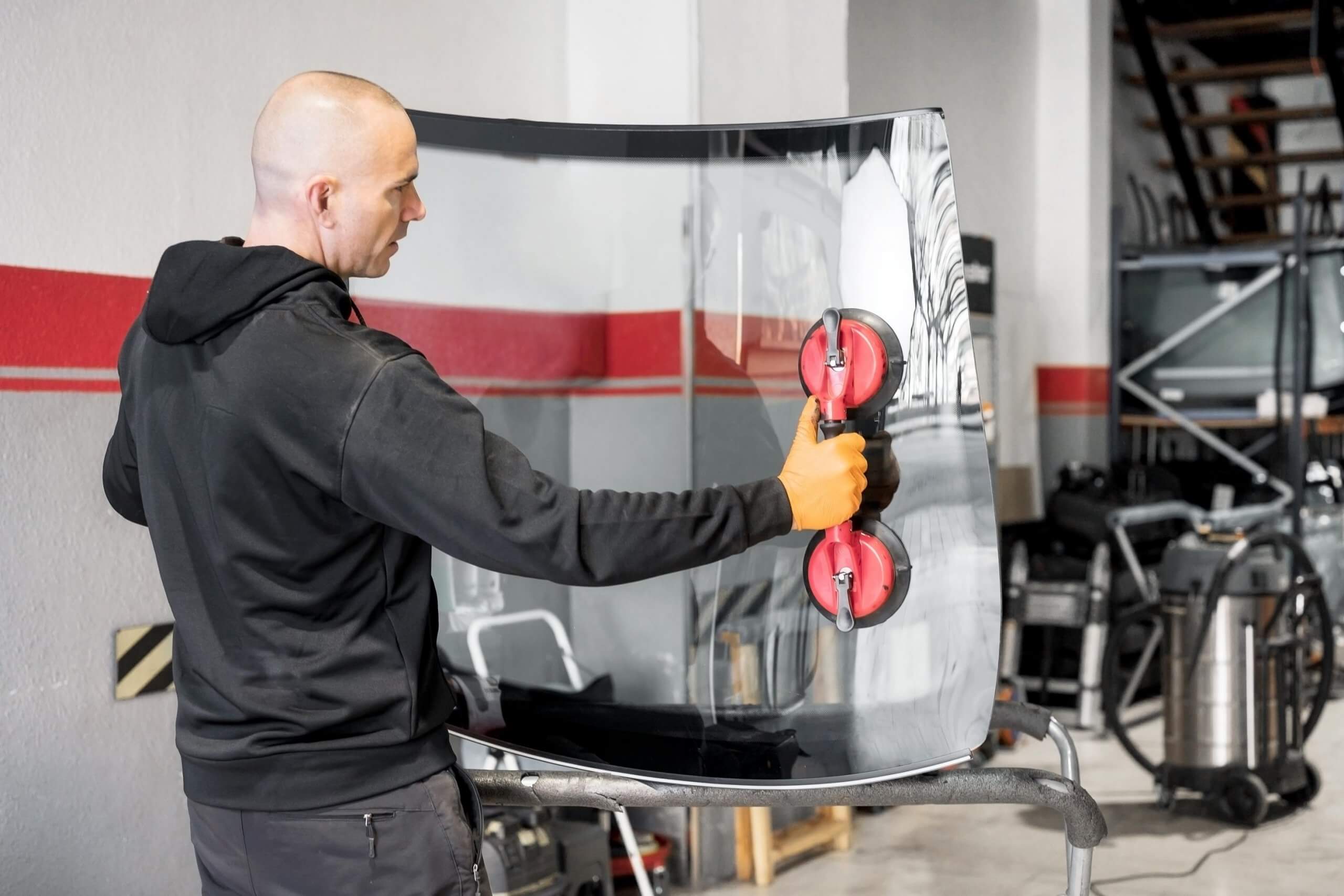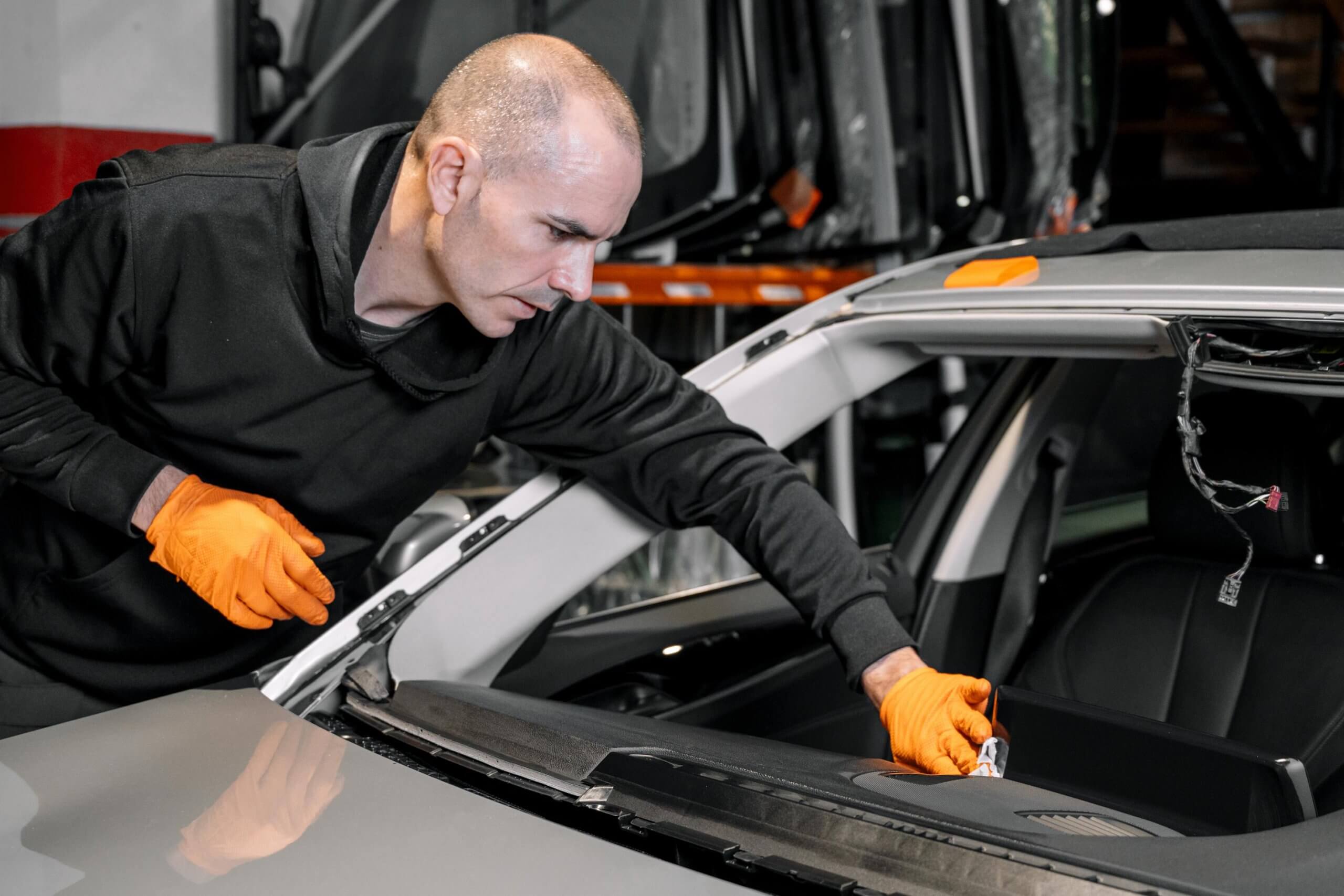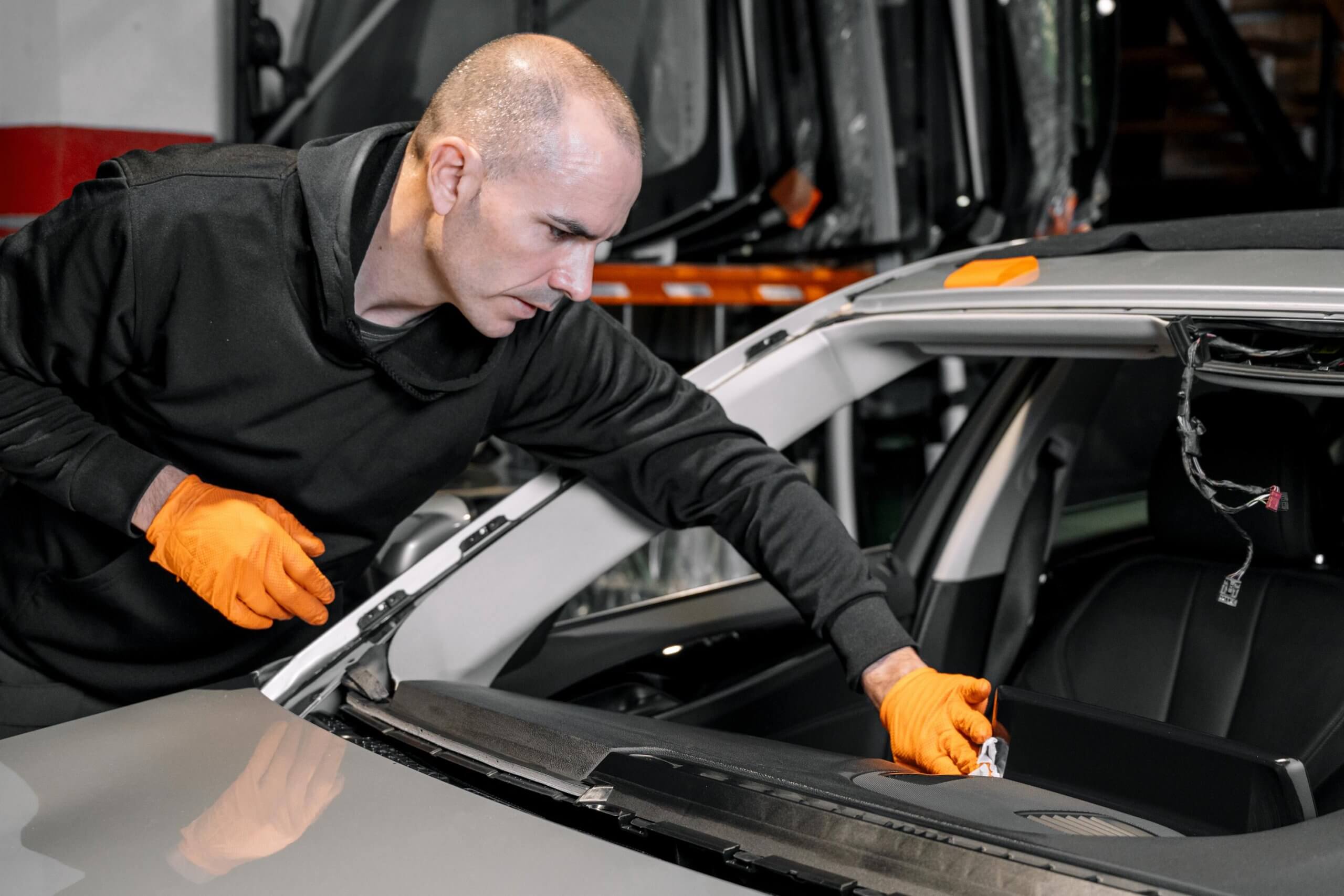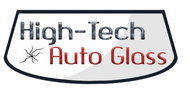What Is a Clear Coat and Why Does Your Car Need It?
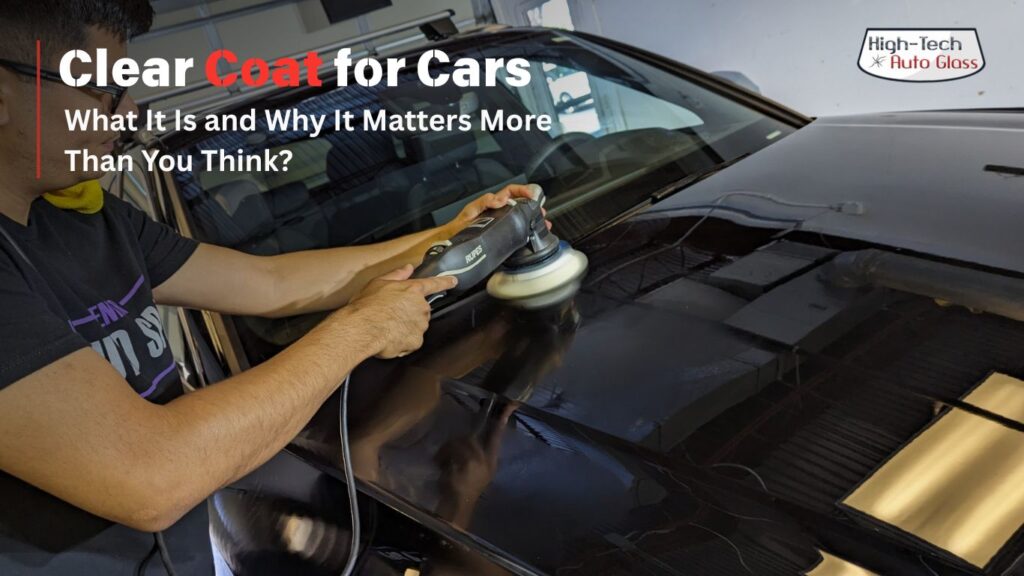
Ever noticed how some cars in Phoenix keep that jaw-dropping shine year after year, while others start looking sunburnt and worn out way too soon? That difference often comes down to one invisible hero: the clear coat.
In a city like ours, where the sun shows no mercy and dust seems to stick around like it owns the place, your car’s paint takes a beating every single day. That glossy finish you love? It won’t last long without a proper layer of protection. And that’s exactly where clear coat steps in, like sunscreen, but for your car.
But here’s the thing: not everyone understands how clear coat works or when it’s time to do something about it. This guide breaks it all down for you, no fluff, just the facts. Whether you just had a paint job, noticed some dull patches, or you’re just trying to keep your ride looking sharp in this Phoenix heat, we’ve got you covered.
Let’s talk clear coat, what it is, why it matters, and how to keep your car looking fresh long after that new paint smell fades.
What Is a Clear Coat?
Let’s clear this up , literally. A clear coat isn’t some fancy term thrown around by car detailers to sound smart. It’s the real deal. It’s the final layer sprayed on top of your car’s paint job , a transparent resin-based coating, most commonly urethane, that plays the role of a bodyguard for your vehicle’s color.
It’s not the paint
itself. Instead, think of it like a see-through shield that protects the color underneath. Whether you’re cruising down I-10 in the middle of a sunny Phoenix afternoon or parked under a dust storm surprise, this layer helps your car take the hit, not the paint.
Why Is Clear Coat Important for Car Owners?
If you’ve ever wondered why your car starts to look older faster, especially here in Phoenix, it’s probably not the engine or the tires. It’s the paint taking a hit from the elements. And if there’s no clear coat protecting it? That shine fades fast, and the damage shows up quicker than you’d expect.
Keeps Your Car Looking Fresh
First off, clear coat isn’t just for that showroom shine. It amplifies the color and depth of your paint. The gloss you see on newer cars? That’s the clear coat reflecting light and enhancing every curve of your ride. Without it, the paint looks flat and lifeless , even if it’s brand new.
Protects Against Real-World Damage
Living in Phoenix, your car faces a daily dose of sun, sand, and surprise bird bombs. The clear coat acts like an invisible barrier that:
- Blocks UV rays that cause fading and discoloration
- Resists acid rain, sap, and hard water spots
- Shields against bird droppings and bug splatter that can etch into paint
- Keeps out road salt and grime (especially if you take trips up north during winter)
Without it, these things don’t just sit on your paint, they eat into it.
Slows Down Oxidation
Now here’s the practical science part, not boring, just real.
Car paint is porous. That means, over time, air and moisture seep in, breaking down the pigment and finish. The clear coat seals those pores like a skin, which slows oxidation and keeps the paint vibrant longer.
And no, it’s not just a cosmetic issue. Oxidized paint becomes brittle, making the surface more likely to peel or chip. Once it starts, it’s tough to stop without professional help.
So… Does Clear Coat Prevent Rust?
Not directly, but it helps. Rust forms when moisture reaches the metal underneath the paint. If the clear coat and base paint are intact, that metal stays protected. So while clear coat isn’t rustproofing, it’s part of your car’s overall defence system.
How Long Does Clear Coat Last?
On average, factory clear coat lasts 5 to 10 years, but that’s assuming normal wear and decent maintenance. Here in Arizona’s dry heat, it can wear out faster if you’re not washing, waxing, or parking smart.
Pro tip: If your car’s starting to lose its gloss or the surface feels rough, that’s a sign the clear coat may be breaking down.
Types of Clear Coat and Which One Suits Your Car Best
Just like you wouldn’t use the same sunscreen for every season, not all clear coats are one-size-fits-all. Depending on your car’s condition, how often you drive, and even where you park (shaded garage or Phoenix sun), the type of clear coat you go with can make a big difference.
Let’s break down the main types , so you can pick what actually works for your ride.
1. Urethane-Based Clear Coat (OEM Standard)
This is what most cars come with straight from the factory. It’s durable, cost-effective, and gives that clean glossy look. Think of it as the standard workhorse, gets the job done, looks good, and holds up fairly well under typical driving conditions.
Best for:
- Everyday drivers
- People who plan to wax and maintain regularly
- Factory-painted vehicles
Pros:
✔️ Easy to polish and repair
✔️ Works well with waxing products
✔️ Budget-friendly and widely available
Cons:
❌ Can break down quicker in harsh sun without maintenance
❌ Needs periodic touch-ups or polishing to stay glossy
2. Ceramic Clear Coat (Advanced, Long-Lasting)
Now we’re stepping into the high-performance zone. Ceramic clear coats are aftermarket options that bond chemically with your car’s surface, creating a harder, slicker, and more hydrophobic finish. They don’t just sit on top , they fuse with the existing clear coat to offer extreme durability and shine.
Best for:
- High-end vehicles
- Cars exposed to tough climates (like Phoenix sun and dust)
- Owners who want long-term protection with less frequent maintenance
Pros:
✔️ Resistant to UV, chemicals, bird droppings, and water spots
✔️ Can last up to 3–5 years with minimal maintenance
✔️ Gives a super-deep gloss and slick feel
Cons:
❌ Expensive upfront
❌ Surface prep must be perfect, or results won’t last
❌ DIY kits aren’t as strong as pro applications
Can you layer ceramic over your existing factory clear coat?
Yes, but only if your current clear coat is in good shape. The surface must be properly cleaned, decontaminated, and possibly corrected (light polish) before applying ceramic. Otherwise, you’re just sealing in the flaws.
3. Water-Based or Eco Clear Coats (Newer, Greener Tech)
As environmental rules tighten, water-based clear coats are gaining traction, especially in body shops that want to reduce VOCS (volatile organic compounds).
They perform similarly to urethane clear coats but with less toxic emissions during application.
Best for:
- Environment-conscious vehicle owners
- Body shop refinishing work where regulations require low-VOC paints
Pros:
✔️ Better for the environment
✔️ Good gloss and decent durability
✔️ Becoming more available with newer tech
Cons:
❌ Not as tough as ceramic
❌ Limited availability depending on region
❌ Still catching up in terms of long-term durability test
Signs Your Clear Coat Is Wearing Off
Let’s be real , your car won’t shout when the clear coat starts breaking down. But it will start showing some quiet (and not-so-pretty) signs. Especially in a place like Phoenix, where the sun feels like it’s one inch away from your hood, clear coat damage can creep in fast if you’re not keeping an eye on it.
Here’s what to look for, no special tools needed, just your eyes and hands.
1. The Paint Looks Dull or Faded
That deep shine you used to see? Gone. If your car’s surface is starting to look flat or washed-out, that’s usually the first sign the clear coat is thinning or oxidizing.
Scientific reason: UV rays break down the resin in clear coat, which makes it lose its ability to reflect light, hence, dullness. This is especially common in areas like the roof, hood, and trunk where sun exposure is most direct.
2. The Surface Feels Rough or Gritty
Run your hand gently over the paint. Does it feel like fine sandpaper? That gritty texture means the clear coat has likely oxidized, allowing contaminants to cling directly to the paint.
Over time, this roughness can trap more dirt and even speed up further breakdown, kind of like a snowball effect.
3. White Spots, Flaking, or Peeling
This is where things start getting ugly , literally.
If you see white patches, cloudy areas, or clear peeling along panel edges, it means the clear coat has fully separated from the base paint. This is usually irreversible without sanding and reapplication.
Fun Fact: What you’re seeing isn’t paint peeling, it’s the transparent top layer failing due to prolonged sun damage or low-quality detailing products that were too abrasive.
4. Water Doesn’t Bead Anymore
This one’s sneaky but telling. If water used to bead on your car and now just sits there or spreads flat, your surface tension is gone. That means the clear coat has lost its slick, sealed layer, and moisture can now start seeping into the paint.
Why it matters: Without beading, rain or wash water sits longer on the surface, increasing the risk of water spots and mineral deposits, which can permanently stain the paint.
5. Visible Swirl Marks or Micro-Scratches Multiply
All cars get a few swirl marks from washing. But if they’re increasing fast or getting deeper, it could mean your clear coat has thinned out and isn’t protecting the base anymore.
Especially in Phoenix, improper car washes with dirty rags or automatic brushes can speed up this damage. Even rubbing your car down when it’s dusty can be like sandpapering the surface.
Can You Restore or Reapply Clear Coat?
Alright, so your clear coat’s looking rough. Faded, peeling, maybe even patchy in spots. The big question now is: can you fix it, or is it game over for your car’s paint job?
The honest answer? Yes, you can restore clear coat, but only if it’s done the right way , and timing is everything.
Professional Restoration: When It’s Worth It
If your clear coat is still intact but looking dull, cloudy, or uneven, you might still be in the safe zone. In this case, a professional can machine polish or lightly wet sand the surface to remove oxidation and bring back the gloss.
But once the clear coat starts peeling or flaking, it’s a different story.
Here’s the practical process:
- The damaged clear coat is sanded down until only the good layer remains
- The area is re-cleaned and prepped
- A new layer of automotive-grade clear coat is applied, cured, and blended into surrounding panels
- The surface is buffed and polished for a uniform shine
How to Maintain a Clear Coat for Long-Term Shine
Restoring your clear coat is one thing, but keeping it looking glossy and protected. That’s where the real effort kicks in. In Phoenix, especially, where your car is constantly under the spotlight (literally), regular care makes all the difference between a head-turner and a faded mess.
Here’s what works, no fluff, no upsell.
1. Wash Often, But Wash Smart
Washing your car regularly helps remove dirt, dust, and pollutants that can slowly eat into your clear coat. But here’s the key: how you wash matters more than how often.
- Always use a ph-balanced car shampoo
- Skip dish soap, it strips protective wax and dries out the surface
- Use a soft microfiber mitt, not a rough sponge
- Dry with a clean microfiber towel, not a chamois or bathroom towel
Does washing too often damage the clear coat?
Not if done right. The real damage comes from scrubbing dust into the surface or using harsh soaps, not the frequency.
2. Use a Clay Bar Every 2–3 Months
Think of a clay bar as an exfoliator for your car. Even after washing, microscopic grime, brake dust, and pollution particles cling to your paint. Clay bars gently pull out these contaminants, making your clear coat smoother and ready to bond better with wax or sealants.
✔️ Use it after washing, before waxing
✔️ Do a “plastic bag test”, if the surface feels gritty through the bag, it’s clay time
3. Wax Every 3 Months, Seriously
Wax isn’t just for shine. It’s a sacrificial layer that takes the hits from sun, rain, and grime , so your clear coat doesn’t have to.
Can wax protect the clear coat?
Absolutely. While it won’t “fix” existing damage, it adds a barrier that shields the surface and makes water bead off like magic.
Use a good-quality carnauba wax or synthetic sealant. Apply it in the shade, and don’t overdo it , thin, even layers win.
4. Avoid Bristle-Based Automatic Car Washes
We get it , convenience matters. But those spinning bristles in many drive-thru car washes? They’re like dragging sandpaper across your clear coat, especially if they’re not cleaned between cars.
Choose touchless washes or, even better, hand washes when you can. If you’re short on time, even mobile detailing services in Phoenix are a safer bet.
5. Park Smart
Your parking habits can make or break your clear coat over time.
- Park in the shade or garage whenever possible
- Use a windshield sun shade, it reduces heat buildup that speeds up oxidation
- Rotate your parking spots if possible to spread sun exposure
Conclusion
So, is a clear coat just a shiny extra? Not even close. It’s the silent defender that keeps your car looking sharp in this harsh Phoenix sun, blocking UV rays, holding off scratches, and keeping that color rich and deep for years.
Whether you’re rolling around in a brand-new truck or keeping your trusty ride in shape, your clear coat needs attention. When maintained right, it protects your investment and keeps your car’s finish looking like new, without needing a full repaint.
But once it starts fading, peeling, or going dull, don’t wait. A quick professional check can save you big in the long run.
At High-Tech Autoglass, we do more than just windshield replacement in Phoenix. If you’re already coming in for windshield repair in Phoenix, auto glass repair and replacement, truck windshield replacement, or even RV windshield replacement, it’s the perfect time to ask us about your paint’s condition.
We’ll help you assess the clear coat, recommend the best next step, and keep your car not just running well, but looking the part too.
